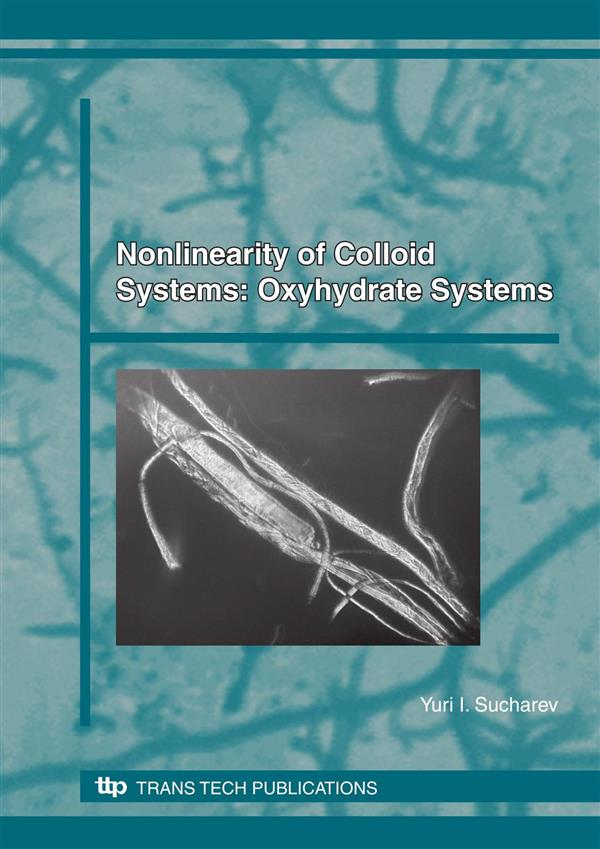Engineering Research
Materials Science
Engineering Series
Nonlinearity of Colloid Systems: Oxyhydrate Systems
Description:
Purchase this book:
Info:
Review from Ringgold Inc., ProtoView:
This first systematic study of the non-linear characteristics of gel oxyhydrate systems involves d- and f- elements, which are rare-earth elements (such as zirconium, niobium, and titanium) and oxides. The non-linearity of these gel systems introduces fundamental peculiarities into their structure and therefore into their properties. Sucharev (South Ural State U., Russia) describes the genesis of gel oxyhydrate systems of these elements in the course of their formation, including the modeling of autowave processes in forming oxyhydrate gels of heavy metals, periodic phenomena of the organization of gel oxyhydrate systems, the dilatancy effect as a specific property of gel oxyhydrates, the Liesegang operator as a reflection of nonlinear properties of oxyhydrate gel systems, mesophase-like behaviors of gel systems, the chromatic effect of some oxyhydrate gels, experimental studies of optical properties of gels and the observed chromatic effect, the physico-chemical nature of polarization of living gels of heavy metal oxyhydrates, the influence of electric, magnetic and electromagnetic fields on the structuring processes of vitrium oxyhydrate, and quantum chemical studies of the structural models of zirconium oxyhydrate.

